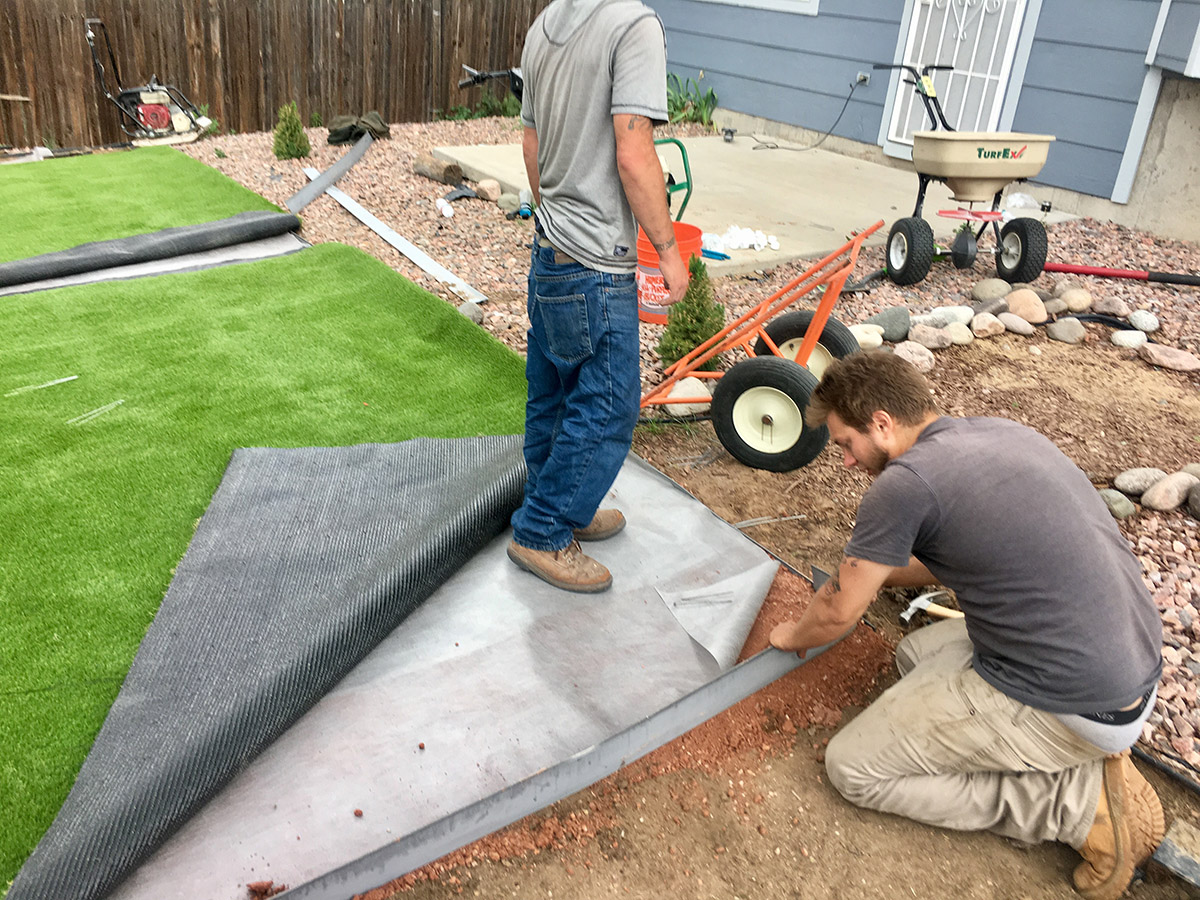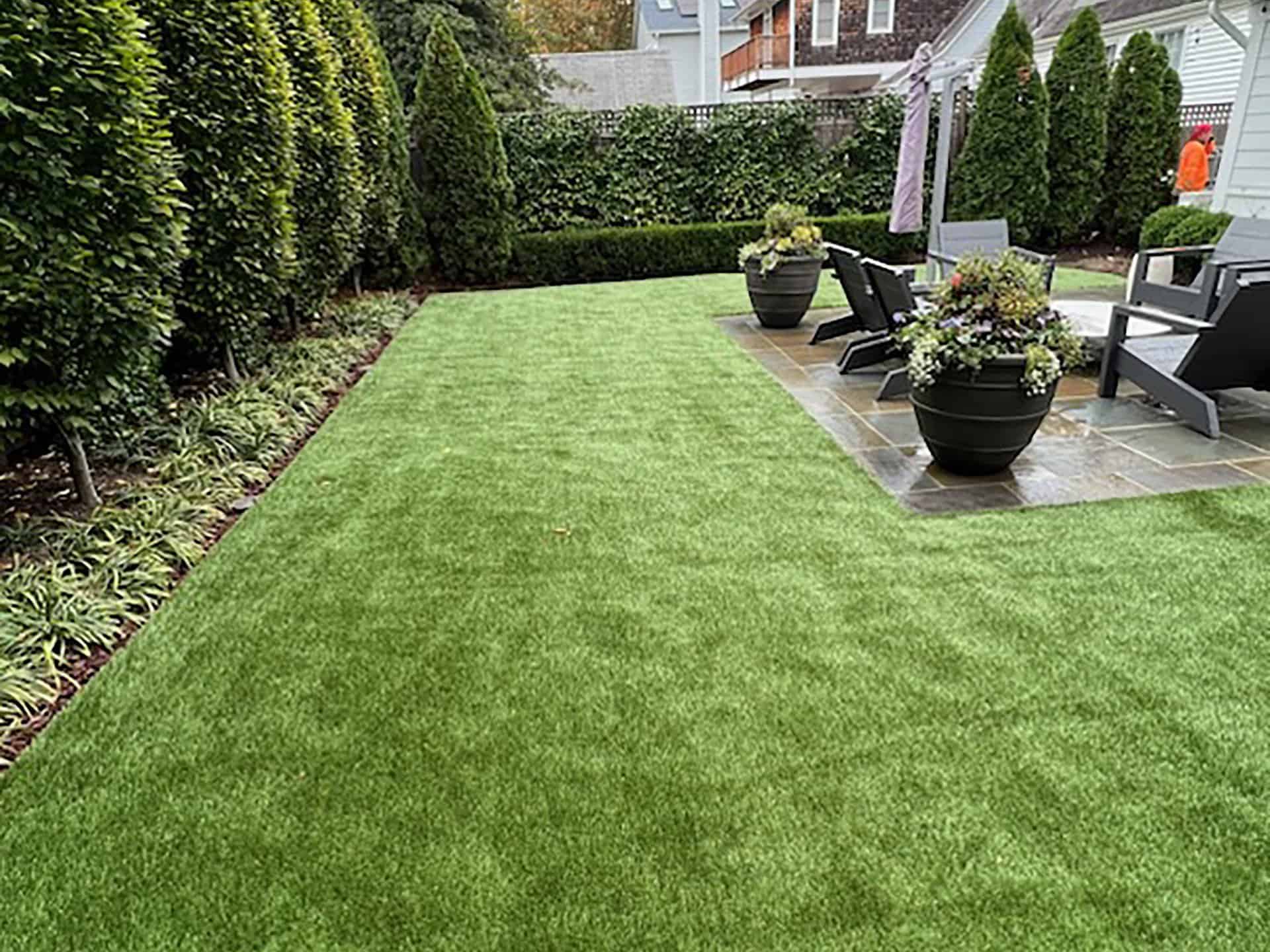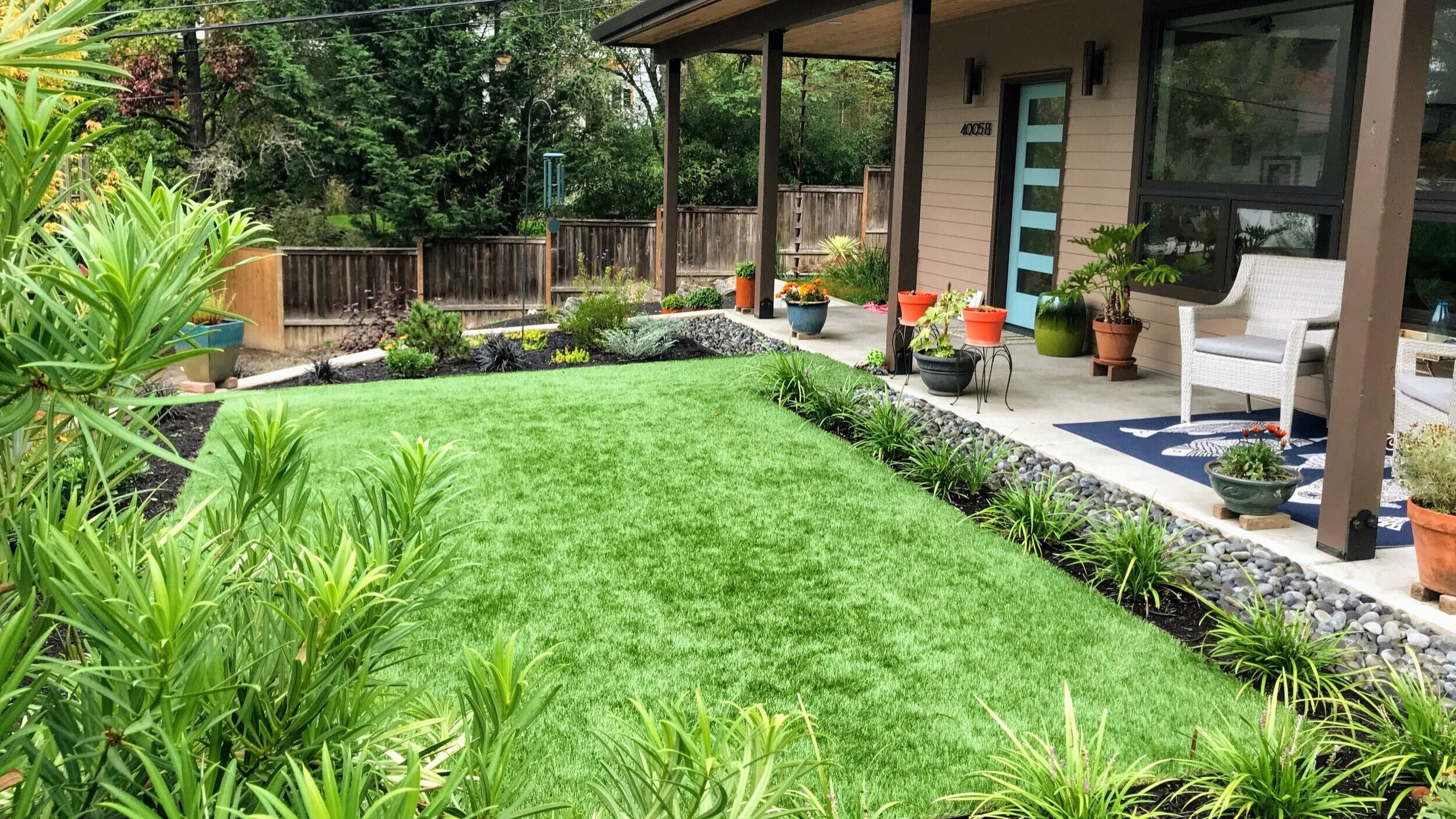Get the Best Turf Installation Phoenix AZ Solutions for Your House or Business
Get the Best Turf Installation Phoenix AZ Solutions for Your House or Business
Blog Article
Explore the Environmental Perks of Opting for Synthetic Grass Solutions
The adoption of man-made lawn solutions offers an engaging chance to resolve pressing environmental difficulties. By substantially decreasing water usage and decreasing the application of harmful chemicals, these choices not only advertise sustainable landscaping however additionally protect neighborhood communities. In addition, the reduced carbon impact linked with reduced maintenance activities contributes to a much more sustainable method to land management. The effects of these benefits prolong past simple conservation efforts, elevating questions about their long-term influence on environment conservation and overall ecological balance. Discovering these dimensions reveals a complex interaction worth taking into consideration.
Water Preservation Benefits
One of the most significant advantages of artificial turf is its capacity to conserve water. In comparison, artificial lawn does not require watering, considerably reducing the overall need for water resources.
By eliminating the demand for regular watering, synthetic grass adds to sustainable landscape practices and assists reduce the environmental impact of excessive water consumption. In addition, the conservation of water encompasses the reduction of runoff, which can lead to soil disintegration and waterway contamination.
Additionally, the installment of fabricated lawn permits districts and home owners to allot water resources much more successfully, concentrating on essential usages such as alcohol consumption water and agriculture. The change towards man-made grass not just promotes accountable water usage however likewise aligns with more comprehensive ecological goals targeted at maintaining natural resources.
As neighborhoods increasingly prioritize sustainability, the water conservation advantages of synthetic grass provide an engaging instance for its fostering in residential and commercial landscaping projects.
Minimized Chemical Usage
The change to synthetic grass significantly decreases the dependence on chemical therapies generally used in all-natural grass upkeep. Standard turf administration commonly includes the application of herbicides, fertilizers, and pesticides to advertise growth and control parasites. These chemicals can posture dangers to human health and wellness, regional wild animals, and the atmosphere, adding to dirt and water contamination.
In comparison, synthetic grass eliminates the requirement for these dangerous substances. Once installed, it requires marginal upkeep, mostly being composed of routine cleaning and seldom infill replenishment. This reduction in chemical usage not only benefits the instant atmosphere however additionally adds to broader environmental stability. By decreasing the launch of artificial substances into the community, fabricated lawn promotes healthier soil and water supply.
Moreover, the absence of chemical runoff connected with synthetic grass installments assists safeguard regional rivers from contamination, sustaining marine life and keeping biodiversity. Arizona artificial turf. As areas progressively focus on sustainable techniques, selecting synthetic grass offers a feasible solution that lines up with environmental conservation objectives. Via this change, property owners can appreciate lush environment-friendly spaces without compromising environmental health and wellness, paving the means for an extra sustainable future
Lower Carbon Impact

Additionally, the installment of synthetic grass can result in substantial water preservation. Natural lawns need substantial quantities of water for irrigation, which not only contributes to the carbon impact connected with water removal and treatment yet also strains local water sources. In comparison, synthetic grass requires marginal upkeep, needing no watering, consequently significantly reducing water use and its associated power expenses.
Additionally, the long life of synthetic grass adds to its lower carbon effect. With a life expectancy of up to 15 years or even more, the requirement for constant substitutes is diminished, causing less waste and lower power consumption in production and getting rid of typical click lawn options. Generally, man-made grass presents a sustainable alternative for eco conscious landscaping.
Habitat Preservation
Habitat conservation is a critical consideration in the dispute over landscaping selections, specifically when comparing synthetic turf to all-natural yard. All-natural lawn lawns usually need considerable maintenance, consisting of using plant foods, herbicides, and chemicals, which can detrimentally influence neighborhood ecological communities. These chemicals can leach into the soil and waterways, damaging native vegetation and fauna and disrupting neighborhood environments.
Artificial grass gets rid of the requirement for harmful chemicals, consequently protecting close-by wild animals and maintaining the stability of bordering communities. The setup of man-made turf can lead to the conversion of previous yard areas right into even more biodiverse landscapes, such as pollinator yards or native plant areas, which can support neighborhood wild animals.
Inevitably, the shift to synthetic grass not just conserves water and lowers upkeep efforts however additionally promotes a more unified partnership in between human activities and the native environment, promoting habitat conservation at the same time.
Long-Term Sustainability
Long-lasting sustainability is a vital element in evaluating the benefits of synthetic grass over traditional grass yards. One of the most significant advantages of fabricated turf is its toughness; it can last up to 15-20 years with marginal upkeep, whereas all-natural turf requires constant reseeding and replacement. This long life decreases the need for continuous sources, such as water, fertilizers, and chemicals, which are important for keeping a healthy yard yard.
Furthermore, synthetic grass adds to a reduction in carbon exhausts connected with lawn care equipment. Conventional lawns typically call for gas-powered lawn mowers, leaners, and blowers, all of which add to air contamination. Phoenix turf companies. On the other hand, man-made turf eliminates the demand for such equipment, advertising a cleaner atmosphere
In addition, the manufacturing of artificial grass progressively utilizes recycled products, boosting its sustainability account. As makers take on environment-friendly methods, the environmental impact of synthetic turf proceeds to lessen.

Verdict
The adoption of synthetic grass options presents considerable ecological benefits, consisting of considerable water conservation, minimized reliance on harmful chemicals, and a lower carbon impact. In addition, man-made lawn aids in preserving natural habitats by minimizing land disturbance and promoting lasting sustainability via check over here making use of durable materials. Jointly, these factors emphasize the potential of synthetic grass to add favorably to environmental health and provide a practical alternative to typical landscape design practices in a progressively resource-conscious globe.
In comparison, click site fabricated turf does not need watering, substantially decreasing the total need for water sources. By decreasing the release of artificial substances right into the ecosystem, man-made grass advertises much healthier dirt and water systems.
In addition, the setup of artificial lawn can result in significant water conservation. In comparison, artificial grass needs very little maintenance, needing no watering, thereby dramatically decreasing water use and its connected power expenses.

Report this page